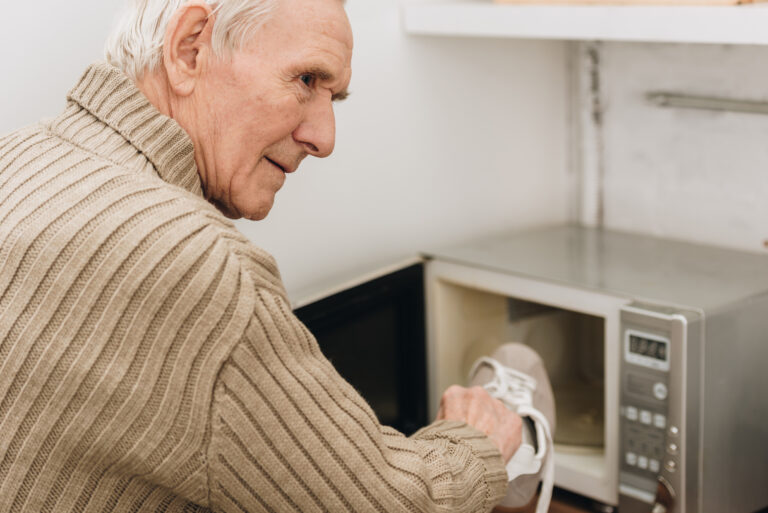Alzheimer’s disease is a degenerative brain disorder that affects millions of people worldwide. It is a progressive disease that gradually worsens over time, causing memory loss, confusion, changes in behavior, and difficulty with daily activities. As the disease progresses, it becomes increasingly challenging to care for a person with Alzheimer’s, especially when they require medical treatment or hospitalization.
One of the challenges faced by caregivers and healthcare professionals is helping a person with Alzheimer’s use a hospital bed. A hospital bed is designed to provide comfort and support for patients, but for someone with Alzheimer’s, it can be overwhelming and confusing. In this article, we will discuss how to help a person with Alzheimer’s use a hospital bed in a simple and easy-to-understand way.
1. Prepare the patient mentally and physically
The first step in helping a person with Alzheimer’s use a hospital bed is to prepare them mentally and physically. It is essential to explain the purpose of the hospital bed, why it is needed, and what to expect. Use simple and clear language to communicate with the patient, and try to involve them in the decision-making process if possible.
It is also crucial to prepare the patient physically before moving them onto the hospital bed. Ensure that they are clean, comfortable, and have used the bathroom before transferring them. If the patient has difficulty communicating or understanding instructions, it may be helpful to use visual aids or gestures to guide them.
2. Use familiar items and routines
People with Alzheimer’s often find comfort in familiarity. To help ease their anxiety and confusion, try to incorporate familiar items and routines into their hospital bed setup. This can include using their own pillow, blanket, or favorite stuffed animal. You can also follow their usual bedtime routine by playing soothing music or dimming the lights before sleep.
Having familiar items and routines can help create a sense of security and make the transition to the hospital bed less stressful for the patient.
3. Ensure safety and comfort
A hospital bed can be unfamiliar and intimidating for a person with Alzheimer’s. It is essential to ensure their safety and comfort while using the bed. Make sure that the bed is adjusted to the correct height, and both side rails are raised to prevent falls. The head of the bed should be elevated slightly to make breathing easier and prevent choking.
It is also crucial to check the bedding to make sure it is clean, dry, and free from any wrinkles that could cause discomfort or skin irritation. If the patient has difficulty staying in one position, consider using a positioning aid or soft restraints to keep them safe and secure.
4. Use clear and simple instructions
Communication can be challenging for a person with Alzheimer’s, so it is vital to use clear and simple instructions when helping them use a hospital bed. Use short and concise sentences, and break down tasks into smaller steps if needed. Avoid using medical jargon or complex explanations that may cause confusion.
You can also use visual aids or demonstrations to help the patient understand what is being asked of them. Remember to be patient and give the person enough time to process the instructions and complete the task.
5. Provide reassurance and support
The transition to a hospital bed can be overwhelming for someone with Alzheimer’s. They may feel confused, anxious, or agitated. It is essential to provide reassurance and support during this process. Speak in a calm and reassuring tone, and use positive reinforcement to encourage the patient.
You can also offer physical support by holding their hand or sitting next to them on the bed. Reassure them that they are safe and that you will be there to help them through this experience.
In conclusion, caring for a person with Alzheimer’s can be challenging, especially when they require medical treatment or hospitalization. By following these tips and being patient and understanding, you can help a person with Alzheimer’s use a hospital bed in a safe, comfortable, and stress-free manner. Remember to involve the patient in the process, use familiar items and routines, communicate clearly, and provide reassurance and support. With your help, the hospital bed can be a place of comfort and healing for someone with Alzheimer’s.





